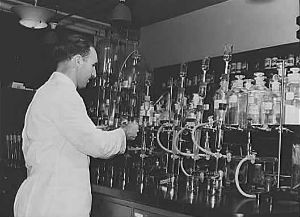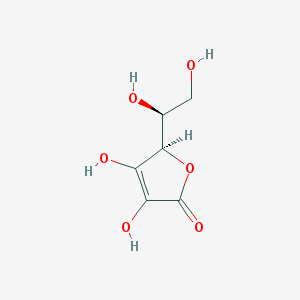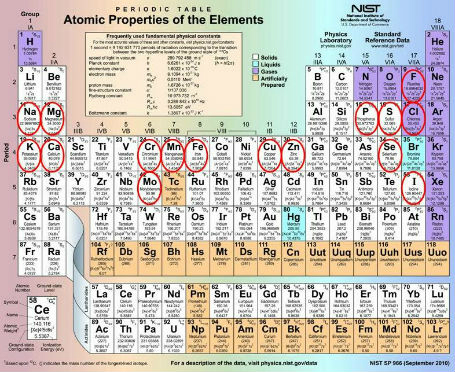I am not a medical professional, anything discussed here is for your information only and does not constitute medical advice.
This year, 2012, marks the 100th anniversary of formal medical term “Vital Amine” spawned by the investigation into what inputs the body needs to function properly. Like an electrical circuit with cold soldered joints or leaky pipes with ill-fitted joints, the body requires certain elements and compounds found in nature and taken in through our diets to function properly as designed.
A Polish chemist named Caisimir Funk in 1912 blazed a trail by coining the term “vitamin.” He was on the search to find the cure for the crippling disease Beriberi. “’Beriberi,’ a Sinhalese word meaning, ‘I cannot, I cannot,’ became the name of the disease because a victim is too sick to do anything due to extreme stiffness of the lower limbs, pain, and even paralysis” (Ettlinger, 2007). “Vital Amine” was originally where the research took Caisimir Funk’s theory, later it was shortened to vitamin when it was discovered that not all of the must haves for the body were amine compounds.
“Amine: A chemical compound containing nitrogen. Amines are derived from ammonia” (Medterms.com, 2012).
Like most vitamins we know about today (some of them as late as 60 years ago) we generally knew about the effects of not having them in our systems before we knew the name of the vitamin or from which nutritional source it came. “Ancient Egyptians recognized that eating liver cured night blindness (a symptom of Vitamin A deficiency)” (Joachim & Schloss, 2008).
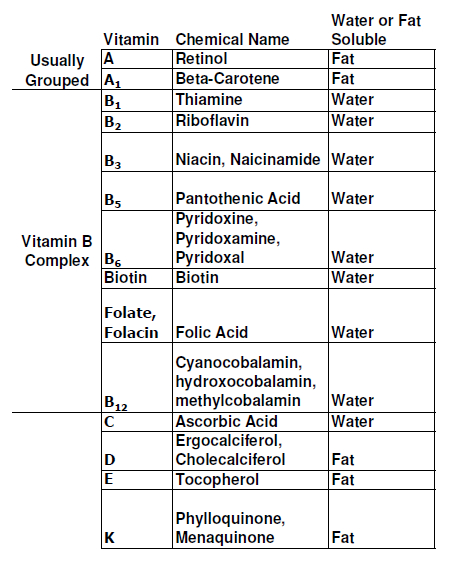
(Joachim & Schloss, 2008)
Among the thirteen vitamins that are formerly recognized (and it would not be pushing it to say “agreed upon”) there are two types: fat soluble and water soluble. However you have plenty of subcategories inside of certain Vitamin letter categories (A, B, C, etc) that make the accounting interesting. The discrepancies come largely from the two approaches: natural sources or synthetic sources of these vitamins. It seems that nature really likes “package deals.” The discussions about how much we need in our diets, terminology, etc generally is revised every five or ten years depending on new scientific discoveries.
When James Lind proved in 1747 that British Sailors suffering from Scurvy was a result of the lack of fresh vegetables and citrus, he knew that they were missing “some essential substance” in their diets. He was correct, and that missing essential substance has a name, Ascorbic Acid, or vitamin C. But not all “must haves” are alike. Vitamins are usually included in the same sentence as minerals, so what is the difference? Vitamins are compounds and minerals are elements. Some vitamins can be easily destroyed by heat (specifically cooking) like the B vitamin group and by cold such as vitamin C.
Vitamin C Compound
The periodic table of elements annotated with essential and trace minerals
You body is into bundling nutritional compounds, and that is why the “package deal” where you get the vitamins and the parts that come with it are so important for a balanced diet. As your body constantly cycles Calcium, vitamin D (true to its name “Ergocalciferol”) is what transports Calcium from dietary input (fish, eggs, liver and fortified milk) to the rest of the body. Without Calcium, the nervous system, skeletal system and circulatory system would suffer immensely. While your body can produce vitamin D from the sun, it cannot synthesize Calcium. This is especially important to know because without a Calcium input your body will use its reserves. “What reserves?” you ask? We are talking about your bones. So vitamin D deficiency does not cause Rickets directly, rather it is the missing parts of the nutritional puzzle that vitamin D provides to your body. A sugary cereal that provides your daily supply of vitamin C is not really the whole story, because that sugar is going to throttle your body’s vitamin B transactions causing further ill effects physiologically. “Sugar consumption rapidly depletes vitamin B1, B2 or riboflavin [which] is found in a variety of whole foods. Frequent cracks in the lips and corners of the mouth is a sign of deficiency” (Fallon & Enig, 1999).
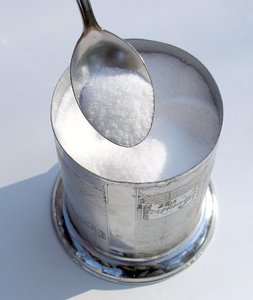
So if I am getting my “Recommended Daily Value” (“Recommended Daily Allowance” was the old term before 2001) of vitamin A, that must be good, right? It is true that everyone must have vitamins, but how much of them depends. “The exact amount of vitamins needed is under constant debate, and differs for people of different ages, genetic backgrounds and geographies. As well, the RDV is the amount of vitamin needed to prevent symptoms of deficiency; it is not necessarily the amount needed to achieve glowing health” (Joachim & Schloss, 2008).

A balanced diet with fresh vegetables and meat with fat is hard to beat!
Wilson
Pro Deo et Patria
Photo Credits:
Vegetable Testing taken from Library of Congress
Vitamin Chart compiled by Pantry Paratus (see citation below)
Vitamin C chemical compound taken from NIH (National Institute of Health)
Annotated Periodic Table of Elements taken from NIST (National Institute of Standards and Technology)
Sugar by mgyUgay
RDV Continuum by Pantry Paratus
Citations:
Ettlinger, S. (2007). Twinkie, deconstructed, my journey to discover how the ingredients found in processed foods are grown, mined (yes, mined), and manipulated into what America eats. (p. 37). London: Hudson st Pr.
Medterms.com. (2012, March 19). Definition of amine. Retrieved from http://www.medterms.com/script/main/art.asp?articlekey=2221
Joachim, D., & Schloss, A. (2008). The science of good food. (p. 587). Toronto: Robert Rose.
Joachim, D., & Schloss, A. (2008). The science of good food. (p. 588-589). Toronto: Robert Rose.
Fallon, S., & Enig, M. G. (1999). Nourishing traditions, the cookbook that challenges politically correct nutrition and the diet dictocrats. (p. 38). Washington DC: New Trends Publishing.
Joachim, D., & Schloss, A. (2008). The science of good food. (p. 590). Toronto: Robert Rose.

